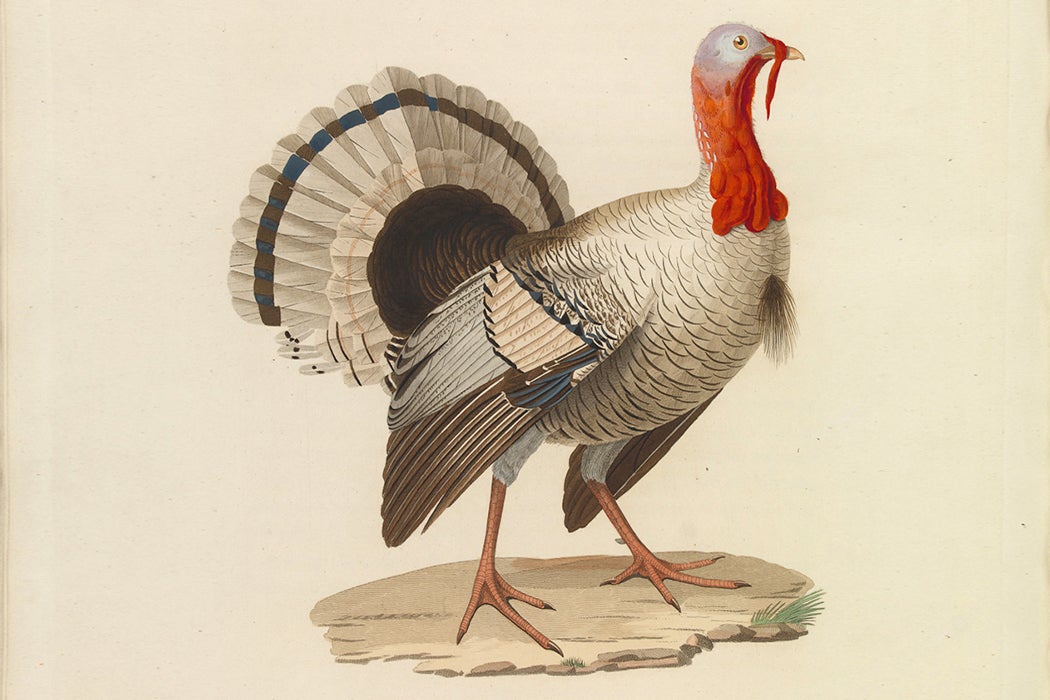The traditional Thanksgiving meal may not have much to do with the actual “first Thanksgiving.” But the fact that we celebrate this very American holiday with turkey is actually quite appropriate. As a team of anthropologists and archaeologists led by William D. Lipe explains, turkeys have a unique history in the land that’s now the US of A.
Turkeys are the only animal native to this part of the world to be domesticated. And, in fact, the birds are so nice that people domesticated them twice—in both Mesoamerica and the American southwest. Lipe’s team investigated the story of the latter group, using three archaeological sites from Utah and Colorado.
Based on their own work and previous studies, the researchers found that turkeys seem to have been at least a kind-of-domesticated animal in the region as long as 2,000 years ago. In various locations, people may have kept them in pens, tethered them, or simply lived alongside these avian roommates. The turkeys ate similar diets to the people they lived with, including a great deal of maize.
However, for a very long time, turkeys weren’t there to be dinner. Lipe et al. write that people seem to have kept them at least partly for ritual purposes. There’s evidence that at various times people may have sacrificed and ritually buried them. In one example, an individual bird was decapitated and had a corncob placed in its gullet. In another, dozens of adult and young turkeys were apparently killed at once, with the ages of the poults suggesting their deaths could have been connected with corn planting season.
Another likely purpose for keeping turkeys was supplying human communities with feathers. People were making turkey-feather blankets, which are warmer and more durable than those made with rabbit fur, before 500 CE. Feathers were also useful as ornamentation and in ritual instruments, as they continue to be for Pueblo people today. Since adult turkeys molt twice a year, having a flock in a human community could help make sure there was a good supply.
Weekly Newsletter
Eventually, starting around 1,000 years ago, it became more common for people in the southwest to raise turkeys as food, likely in response to growing human populations and a limited supply of wild game. But other purposes remained crucial in southwestern communities as well.
Today, of course, Americans relate to fowl almost exclusively as food—and the birds are often raised in conditions so horrific that they drive some people to meatless Thanksgivings. But we can still respect the long history of partnership between humans and turkeys on this continent.







